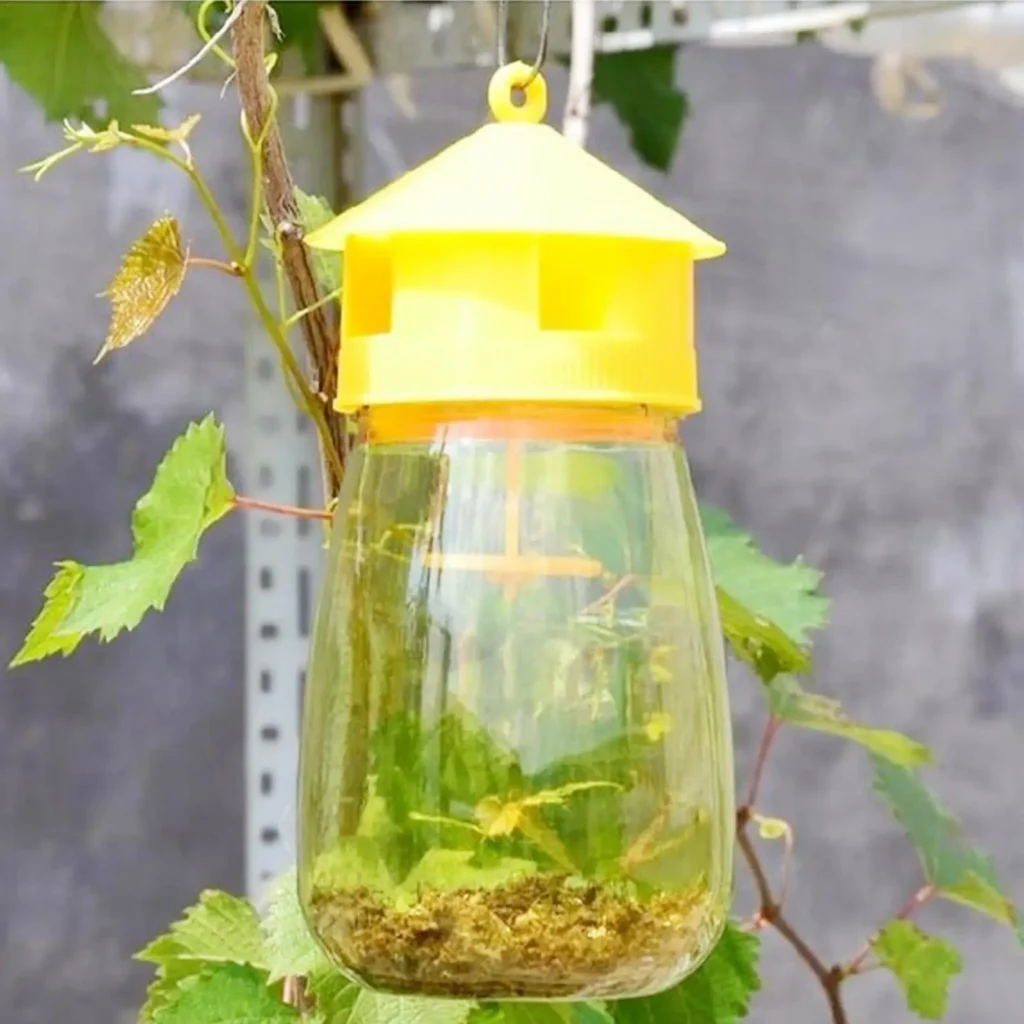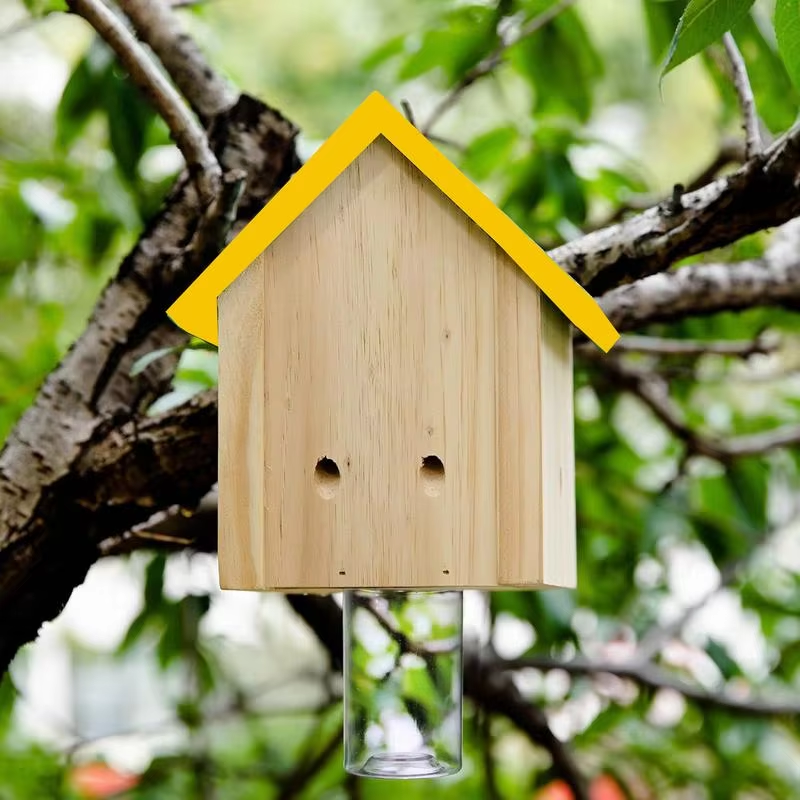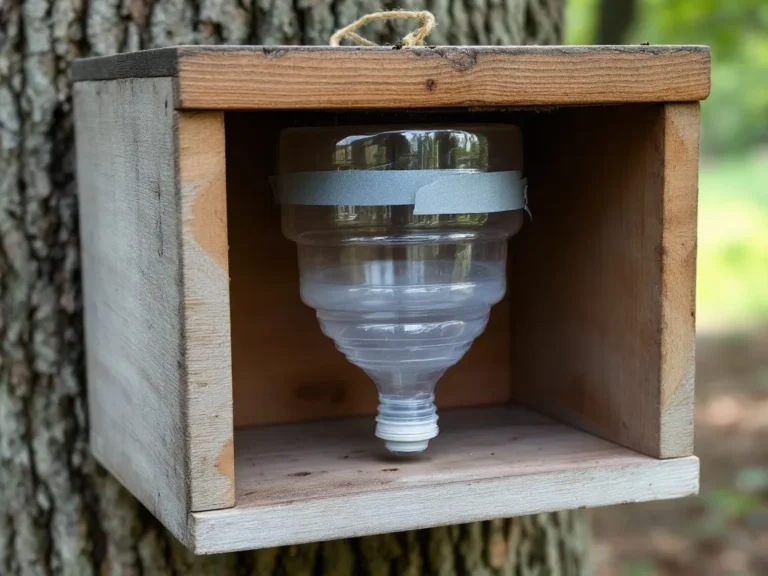If your carpenter bee trap isn’t working as expected, you’re not alone—many homeowners face similar challenges. There are several factors that might be preventing your trap from being effective. Here’s a detailed look at the potential reasons and what you can do to improve your trap’s performance.
1. Location of the Trap
The placement of your carpenter bee trap is crucial for its success. Carpenter bees are most likely to be attracted to traps placed near their existing nesting sites. These sites are usually in untreated wood areas like eaves, decks, or fences. If your trap is too far from where the bees are active, they might not even notice it.
To optimize the location, identify the areas where you’ve seen bee activity or where there are visible holes. Hang the trap in close proximity to these spots, as carpenter bees tend to reuse the same nesting sites year after year. If the trap is too high or too low, it might not attract the bees as effectively.
2. Design of the Trap

The design of your carpenter bee trap also plays a significant role. A well-designed trap mimics the bees’ natural nesting sites and uses angles and drilled holes that encourage bees to enter. If the trap doesn’t closely resemble these nesting conditions, the bees may not be enticed to explore it.
Consider using or upgrading to traps like the Mac’s Carpenter Bee Trap or the Turbo Trap 2.0, which are specifically designed to increase capture rates. These traps use strategically angled holes and durable materials that are more likely to lure bees in.
3. Timing of Deployment
Timing is everything when it comes to trapping carpenter bees. The best time to set up your trap is early in the spring, right before the bees become active. If you set it up too late, many of the bees may have already established nests and won’t be as likely to explore new areas. Make sure to leave the trap up throughout the active season, typically from spring through early fall.
4. Trap Maintenance
If your trap has been out for a while, it might need some maintenance. Old or damaged traps can lose their effectiveness over time. Inspect the trap for any signs of wear and tear, and clean out any debris or dead bees that may have accumulated. Regular maintenance ensures that the trap remains inviting to the bees.
5. Baiting the Trap
Although carpenter bee traps often work without bait, adding a bait can sometimes help increase effectiveness. There are several homemade bait recipes you can try, such as mixing sugar water with vinegar, to make the trap more attractive. Just ensure the bait doesn’t attract other unwanted insects, which could lower the effectiveness of the trap.
6. Environmental Factors
Weather conditions and surrounding environment also influence trap success. For instance, carpenter bees prefer untreated, unpainted wood, so if your property has mostly treated or painted wood, the bees may not be as active in your area. Additionally, strong winds, rain, or extreme temperatures can reduce trap effectiveness.
Final Thoughts
If you’ve tried these tips and your carpenter bee trap still isn’t working, it might be worth exploring other methods, such as using insecticidal dust or hiring professional pest control. Remember, trapping is only one part of a comprehensive carpenter bee control strategy. Proper maintenance, timely deployment, and correct placement are key to making sure your trap works effectively.
Resources for Further Reading:
- How to DIY Your Own Carpenter Bee Trap(Chaotically Yours)
- Expert Solutions for Carpenter Bee Control(homesandgardens.com)
With these insights, you should be better equipped to diagnose and fix any issues with your carpenter bee trap, making your home less attractive to these wood-damaging insects.





